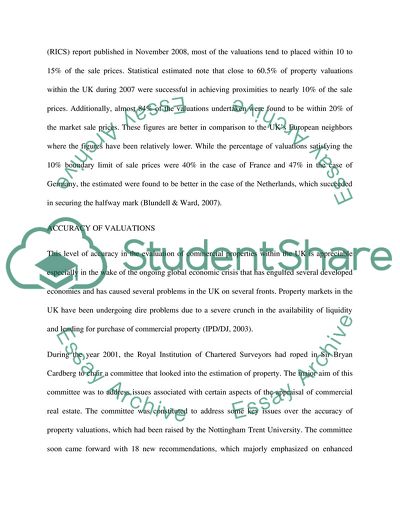Cite this document
(“Property Investment in The Global Economy Research Paper - 2”, n.d.)
Property Investment in The Global Economy Research Paper - 2. Retrieved from https://studentshare.org/macro-microeconomics/1721994-property-investment-analysis
Property Investment in The Global Economy Research Paper - 2. Retrieved from https://studentshare.org/macro-microeconomics/1721994-property-investment-analysis
(Property Investment in The Global Economy Research Paper - 2)
Property Investment in The Global Economy Research Paper - 2. https://studentshare.org/macro-microeconomics/1721994-property-investment-analysis.
Property Investment in The Global Economy Research Paper - 2. https://studentshare.org/macro-microeconomics/1721994-property-investment-analysis.
“Property Investment in The Global Economy Research Paper - 2”, n.d. https://studentshare.org/macro-microeconomics/1721994-property-investment-analysis.


